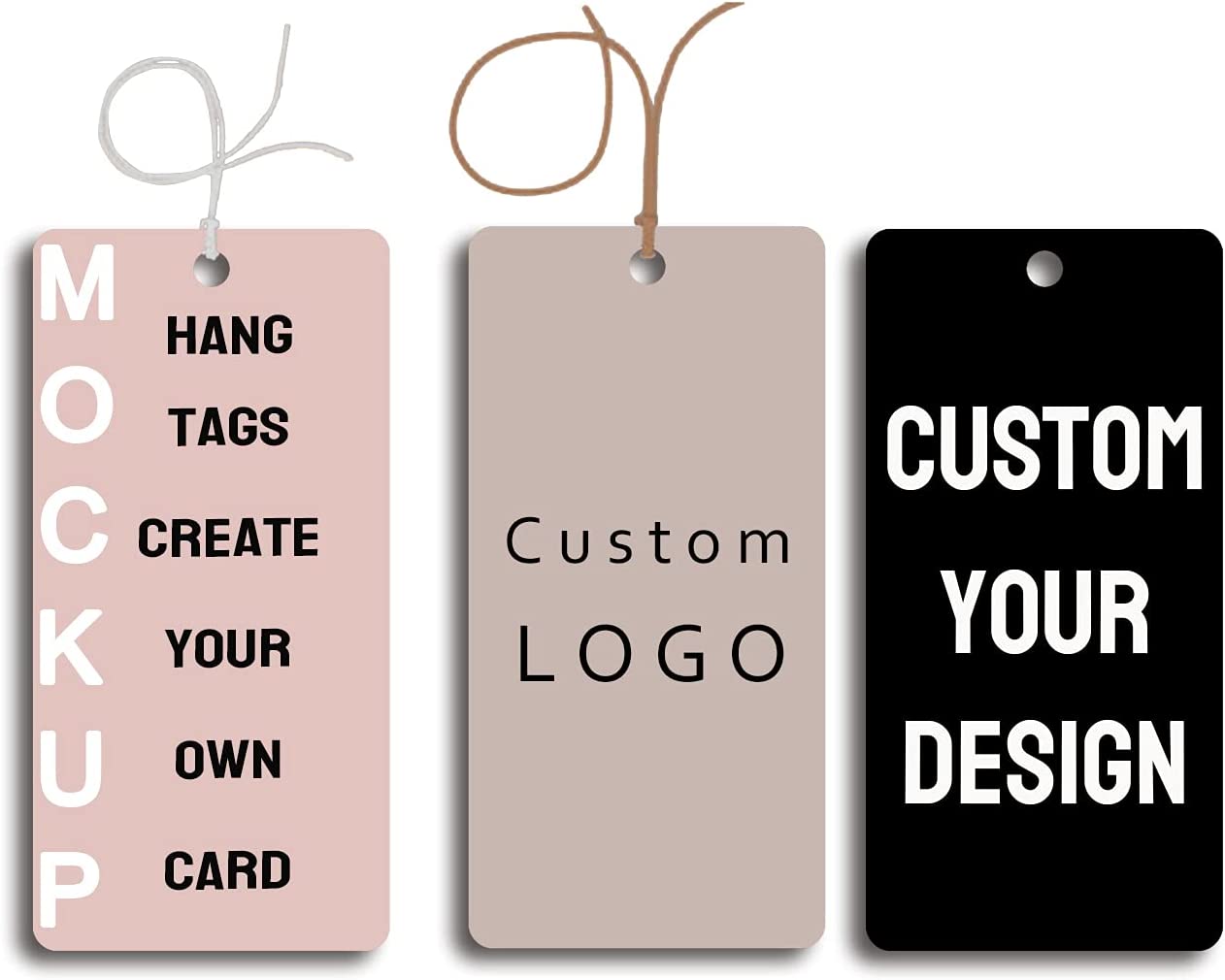Integrating Hang Tags into Your Clothing Manufacturing Process: A Step-by-Step Guide

Hang tags are a crucial part of the clothing manufacturing process. They not only provide important information about the product, but they also serve as a branding tool that helps customers identify and remember your brand. In this blog post, we will take a look at how to integrate hang tags into your clothing manufacturing process, step-by-step.
Step 1: Design Your Hang Tags
- First, you will need to design your hang tags. This includes deciding on the layout, text, and graphics that will be used.
- Your hang tag should include important information such as the brand name, product name, size, care instructions, and any other relevant information.
- Make sure to include your logo and any other branding elements that will help customers identify your brand.
- Once you have a final design, you will need to send it to any trims company that will print your tags in bulk.
Step 2: Decide on the Hang Tag Attachment Method
- There are several different methods for attaching printed hang tags to clothing, including using strings, ribbons, or eyelets.
- Each method has its own benefits and drawbacks, and the best choice will depend on your specific needs and preferences.
- String: This is the most common attachment method and is easy to use. It is also the most cost-effective option. Strings can be made from a variety of materials, including cotton, polyester, or nylon.
- Ribbon: Ribbons are a more sophisticated and elegant option, and they can add a touch of luxury to your hang tags. They come in a variety of colors and materials, including satin, grosgrain, and velvet. However, they are more expensive than strings.
- Eyelets: Eyelets are another elegant option, and they can be used to create a more industrial or vintage look. They are made of metal and are often used in combination with string or ribbon. Eyelets are the most expensive option among the three.
- Other Attachment methods: There are other methods of attaching hang tags like snaps, buttons, and magnets. These methods are a bit unconventional and can be used to give a unique look to your tags.
- Consider the overall design and theme of your clothing and hang tags, as well as your budget, when deciding on the best attachment method for your hang tags.
Step 3: Attach the Hang Tags to the Clothing
- Once you have your printed hang tags and chosen your attachment method, it’s time to attach the tags to the clothing.
- You will need to decide where on the clothing the hang tag will be attached. This will depend on the design of the clothing and the size of the hang tag.
- Carefully attach the tags to the clothing using the chosen attachment method.
Step 4: Package and Ship the Clothing
- Once the hang tags are attached, the clothing is ready to be packaged and shipped to customers.
- Make sure to package the clothing carefully to prevent damage during shipping.
- The hang tags should be visible and easily readable when the clothing is packaged.
Step 5: Continuously Monitor and Improve
- Once the clothing is shipped, it’s important to monitor the hang tags and their effectiveness.
- Continuously monitoring and improving your hang tags will help ensure they are effective and efficient, and that they are helping to promote your brand and products.
- Collect Feedback: Collect feedback from customers on the hang tags, such as whether the information is easily readable, and whether the design is appealing. This feedback can be collected through various channels like surveys, customer reviews, or social media posts.
- Analyze the Data: Analyze the feedback data collected to identify any patterns or trends. This will help you to identify areas for improvement, such as if the font size of the text is too small or if the design is not appealing.
- Make Changes: Based on the feedback and data analysis, make changes to your hang tags to improve them. This could include changes to the design, layout, or information included on the tags.
- Test the Changes: Test the changes made to the hang tags by producing a small batch of clothing with the new tags. Get feedback from customers and analyze the data to see if the changes have been effective.
- Repeat the process: Continuously monitor and improve your hang tags by repeating the process of collecting feedback, analyzing data, making changes, and testing the changes.
- It’s important to note that the feedback and data analysis process should be done regularly, whether it’s on a monthly or quarterly basis, to ensure that the hang tags are always up to date and meeting the needs of the customers.
In conclusion, hang tags are a crucial part of the clothing manufacturing process and can help customers identify and remember your brand. By following these steps, you can effectively integrate hang tags into your clothing manufacturing process and improve your branding. Remember to continuously monitor and improve your hang tags to ensure they are effective and efficient.


